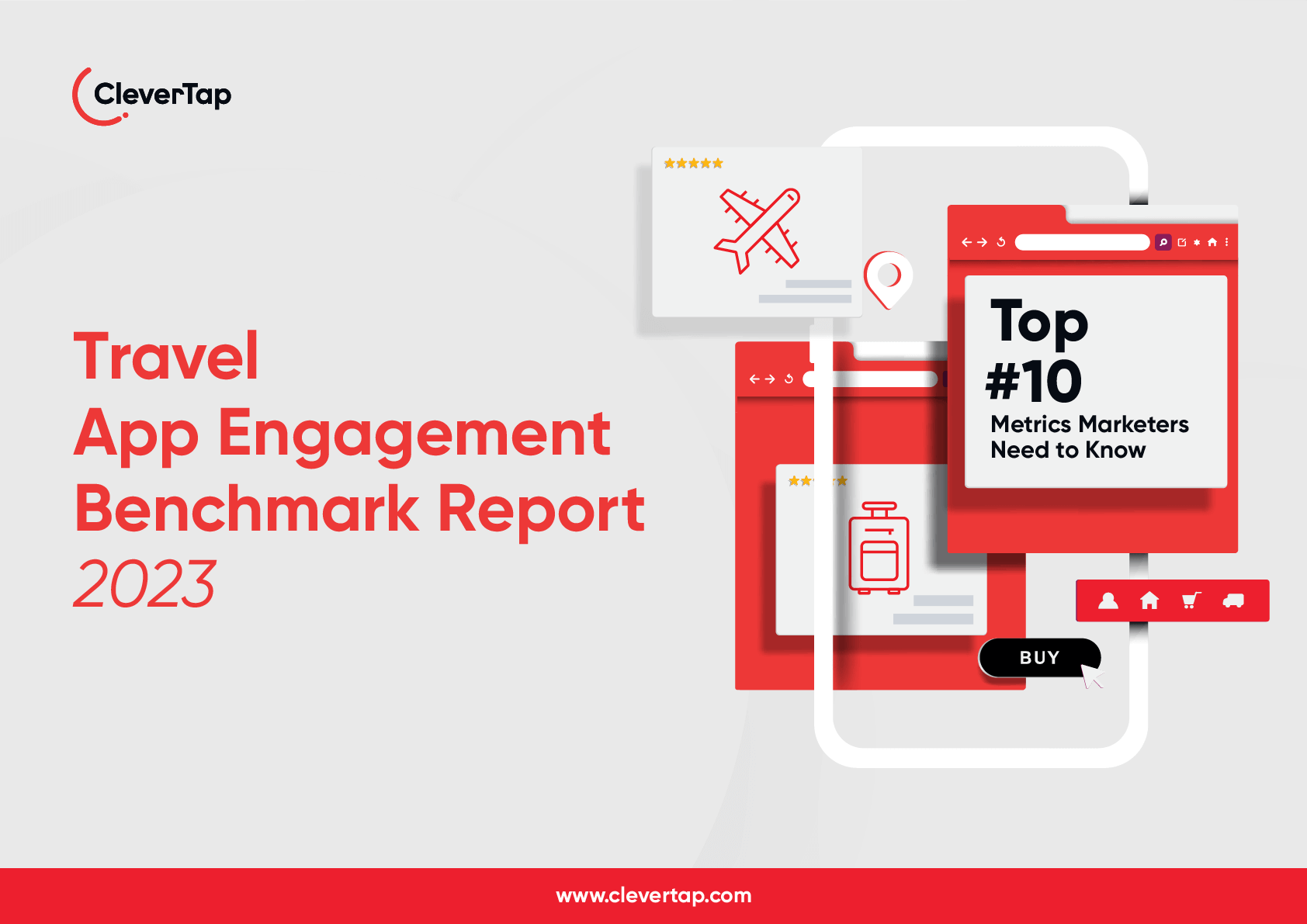Travel apps were an essential part of the pre-pandemic travel boom—from booking cheap airline tickets to reserving hotel rooms to getting directions. And now that the global health crisis is officially over*, countries are bracing for a full recovery of two of their heaviest-hit industries: travel and tourism. Along with this renewed appetite for flights to far-off destinations comes a resurgence in the demand for travel apps.
Prior to 2023, many foresaw the easing of travel restrictions and began making vacation plans. In fact, SensorTower reported that Americans had more than 137 million downloads of travel apps in the second quarter of 2022 alone.*
However, given the proliferation of apps for everything travel-related, people are feeling overwhelmed. Furthermore, as different apps serve different purposes, it’s not uncommon for travelers to depend on multiple individual apps for their transport, accommodation, dining, and other needs.
Here, we’ll look at the problems posed by this oversaturation of travel apps—and suggest a solution to current challenges.
Is Oversaturation a Bad Thing?
In a way, the abundance of various travel apps that target specific concerns is a good thing. At the least, consumers are free to choose which platform best serves their specific interests. In reality, however, the established developers and early adopters rarely give up their stranglehold of the market. Case in point: Booking.com and Airbnb, the top two travel apps, together controlled 60.54% of the global online market for booking apps in 2021.* This means that the most popular travel apps will likely feature the top airlines and the best hotels. Meanwhile, new players, even those with an intuitive interface and enhanced user experience (UX), won’t have much to offer in terms of partner establishments.
In addition, using multiple apps for a single journey can lead to vexation for the unprepared tourist. Individual travel apps require separate account profiles, preferences, and payment systems. Making sure you’ve successfully opened an account, authenticated payment channels, and received confirmation can be a lengthy procedure—and requires a fair bit of patience. That said, once everything’s working as intended, these apps will save you precious time and money. But what happens when technical problems arise from one or more apps at a critical moment? Having to resolve an issue just hours before your flight could be a nail-biting experience!
A Solution: The All-in-One Travel App
Despite the many travel apps on the market, users will still need to interface with two or more platforms. Although a travel aggregator such as Booking.com might cover flights, hotels, and car rentals, travelers will still need additional apps for navigation, dining, banking, and other requirements.
An all-in-one travel app — otherwise known as a super app — presents a great opportunity for developers, particularly if it covers everything travelers need. Aside from finding inexpensive flights, hotels, and car rentals, this super app could help with other travel essentials. This might include making reservations for dining and entertainment activities or generating optimal land travel routes. The super app could even suggest interesting sites to visit, as well as handle incidental charges like visa, travel, and local tourism fees. Moreover, it wouldn’t hurt if this super app also had direct links to a user’s social accounts. As a result, travelers could upload pics and share their stories without having to switch apps.
Of course, wanting an all-in-one travel app and creating an actual super app are two different things. Developing this kind of versatile platform would involve a very large blueprint incorporating all the desired features. The design phase should also anticipate the app’s data servers, application programming interface (API), UX, and other requirements.
If you need proof it works, take a look at the success seen by AirAsia. They’re a super app with 15 types of products and services including travel, ecommerce, food delivery, and even fintech services available to app users. They use this digital ecosystem of over 75 million users and 40 million downloads to generate a personalized and seamless customer experience.

AirAsia has seen success as a super app that offers not just travel services, but ecommerce and entertainment.
Creating the Perfect Fix
The first step toward developing the best travel app is identifying the various metrics that determine its usefulness. Will your app be just another player in the oversaturated travel market, or will it disrupt the industry and introduce welcome changes?
Specifically, killer travel apps should offer fixes and improvements to common problems generated by current applications. Solutions could include:
- App personalization: Depending on how much personal data users share, provide them with the content that matches their preferences. Take this one step further with AI to analyze a traveler’s customer journey and automatically make suggestions that target their needs at the stage they’re in. Simplest example: an inactive app user will react to something totally different from a newly onboarded user.
- Providing a space for user contributions: This could range from online forums to users generating content to share with other users, or simply users making lists and bookmarking hotels, places of interest, and more.
- Allowing pop-up notifications with incentives and offers on discounted flights or accommodation: Here, access to geolocation and maps helps pinpoint in-area or nearby attractions and offer rewards accordingly
- More up-to-date, real-time information on travel schedules and requirements for each destination country: This could feature a tie-in with local transport agencies.
- A foreign exchange calculator: so tourists can see their available funds in the context of a wide range of currencies.
- Extra security features: Features such as fingerprint ID and more should be in place to ensure a hack-proof app.
Providing a better UX is also key. Many travel apps are already competent in delivering basic services, such as quotes and booking assistance. However, improving the user interface to make navigating the app easier and more intuitive can optimize the overall user experience. Throwing in an easily accessible service link to report and resolve problems—with software that tracks user feedback—can also help reduce churn and increase customer loyalty.
CleverTap Helps You Fine-tune Your Travel App
Once your app goes to market, it’s critical that you receive feedback on how well it performs against the competition. CleverTap is an all-in-one customer engagement platform that gathers insights to help you better understand your customers’ needs. CleverTap combines audience analytics, omnichannel engagement, and product A/B testing to deliver a personalized customer experience.
Want to create the perfect super app? Learn how you can improve your current travel app by downloading our Travel App Engagement Benchmark Report.

Travel App Engagement Benchmark Report
Shivkumar M 
Head Product Launches, Adoption, & Evangelism.Expert in cross channel marketing strategies & platforms.
Free Customer Engagement Guides
Join our newsletter for actionable tips and proven strategies to grow your business and engage your customers.















































